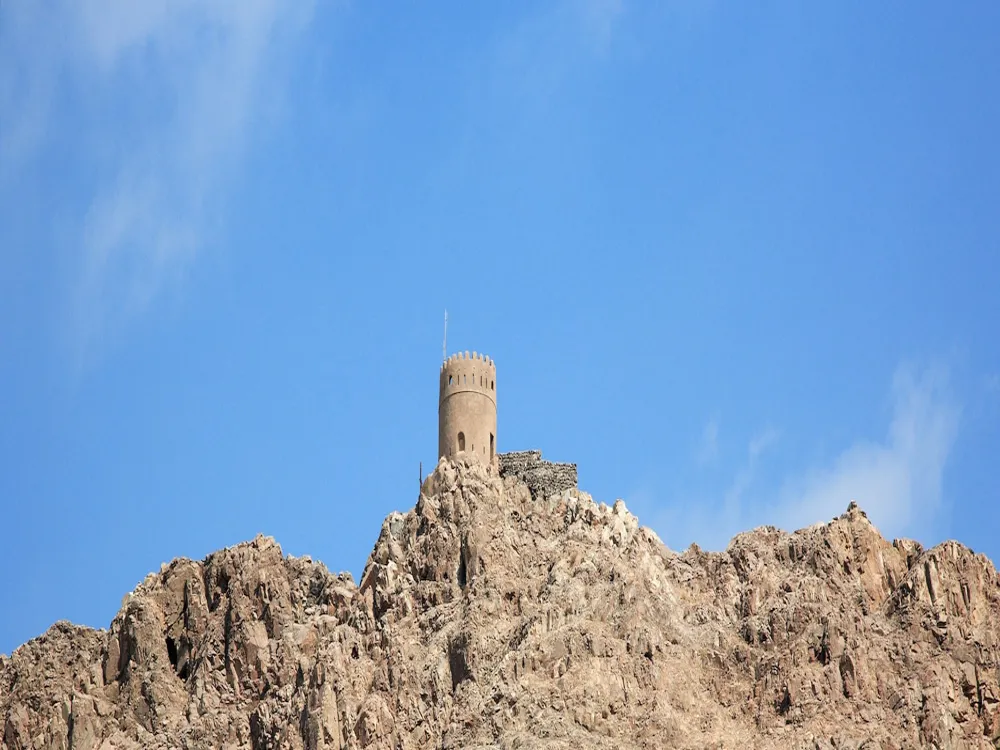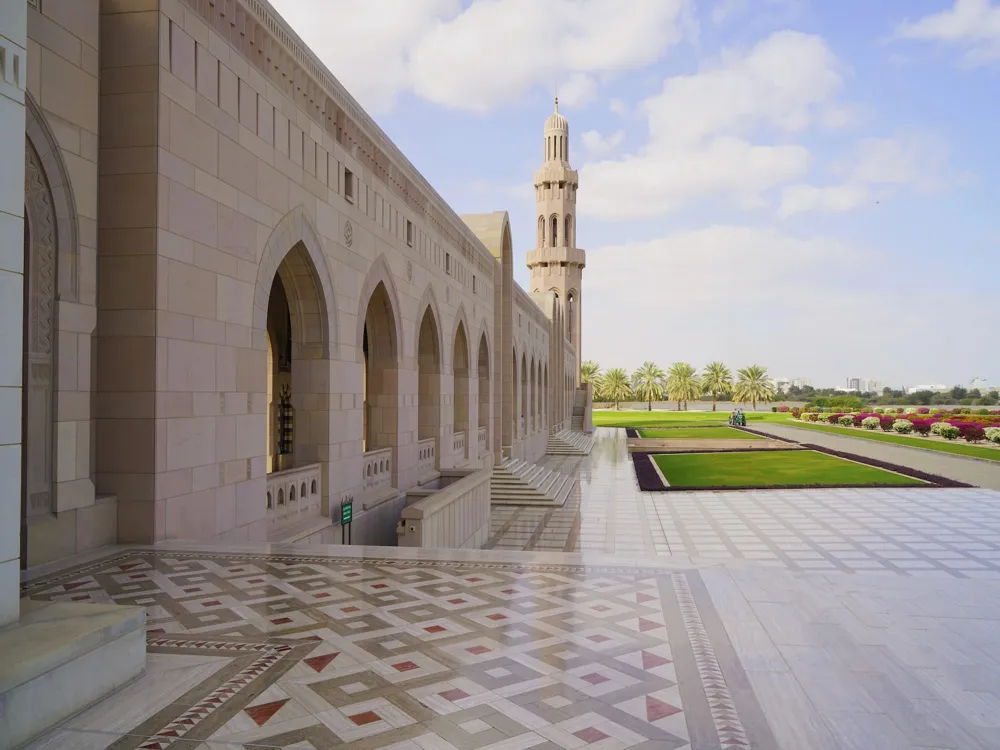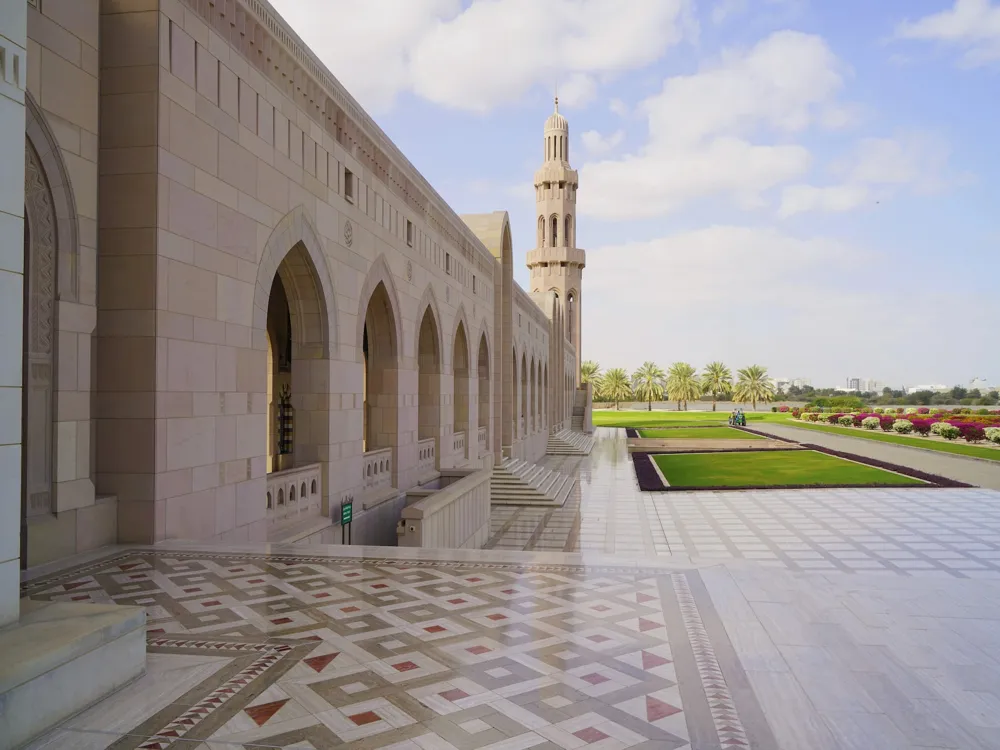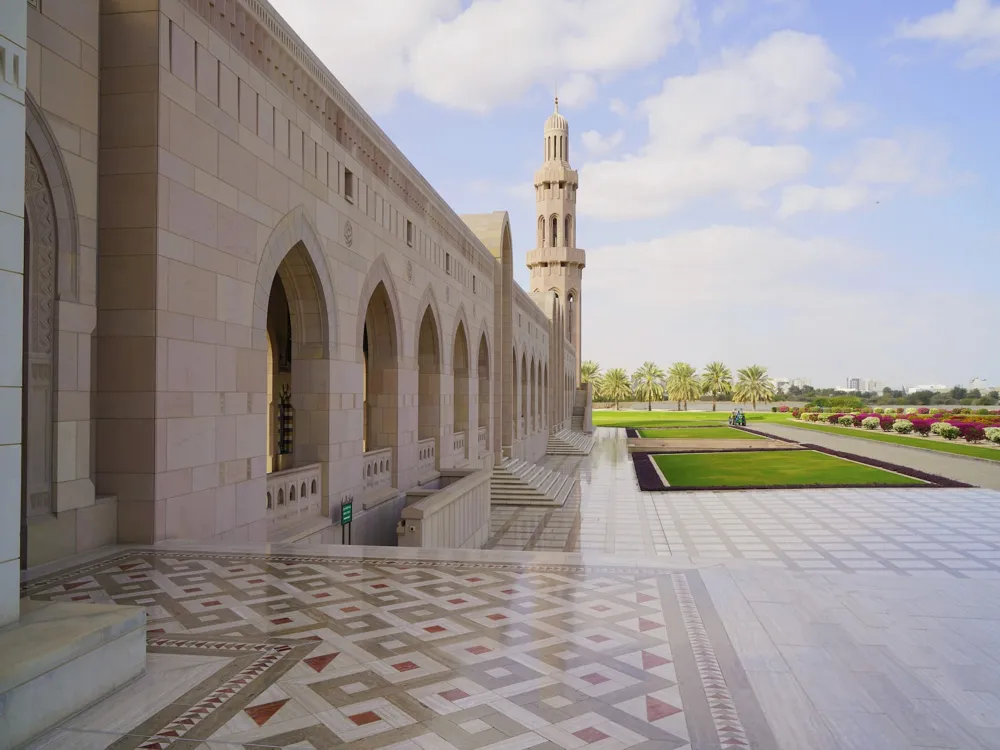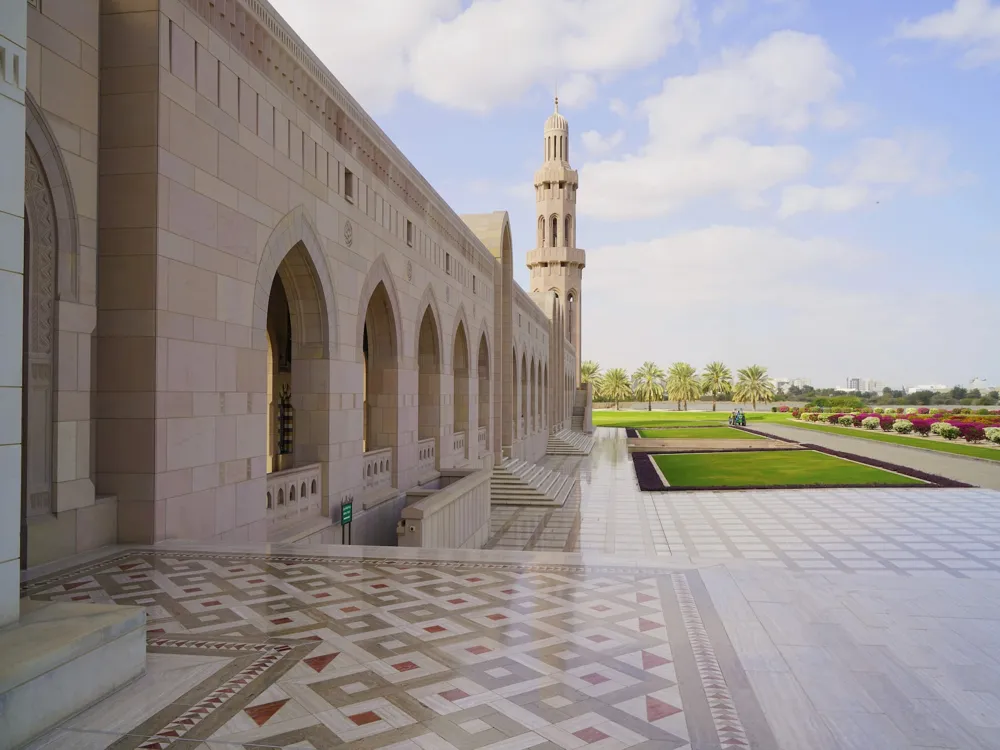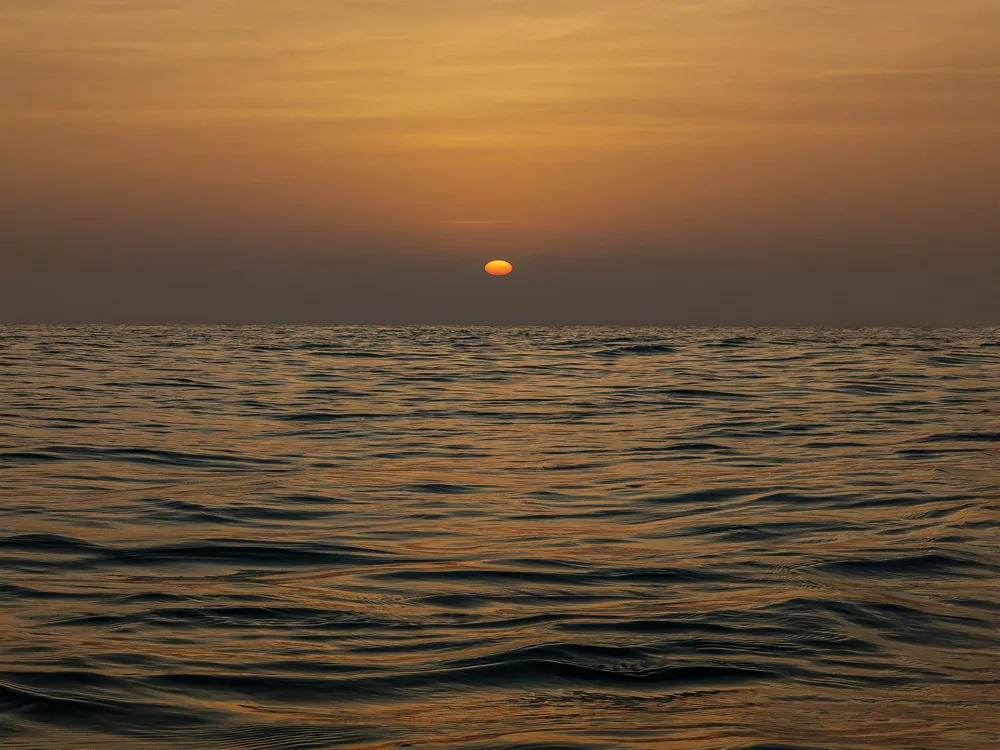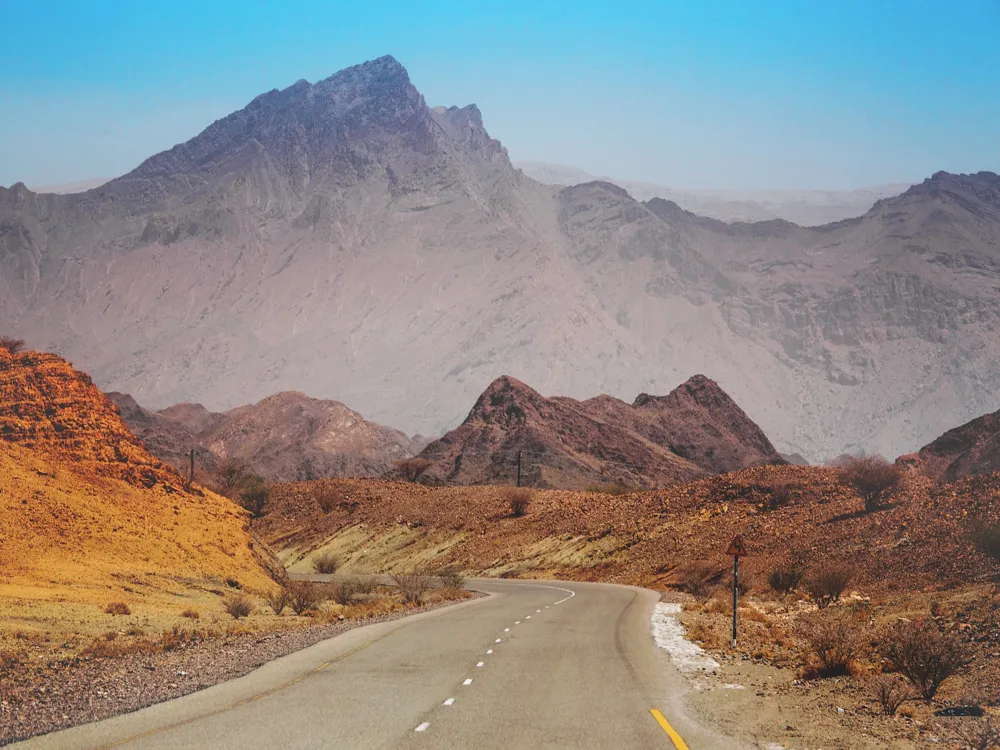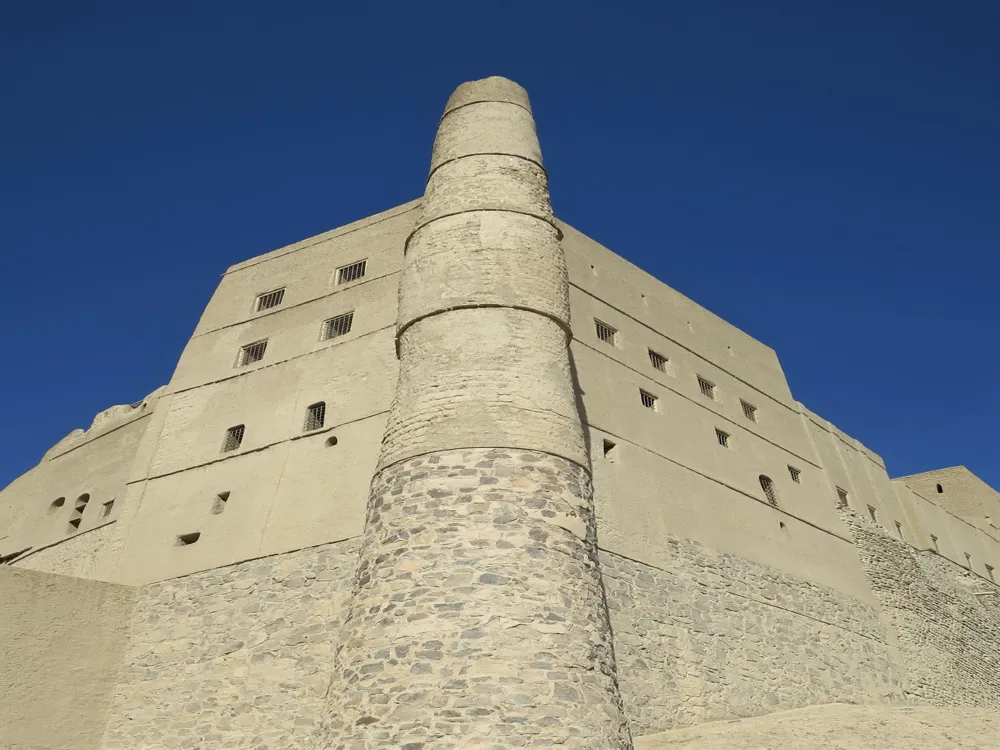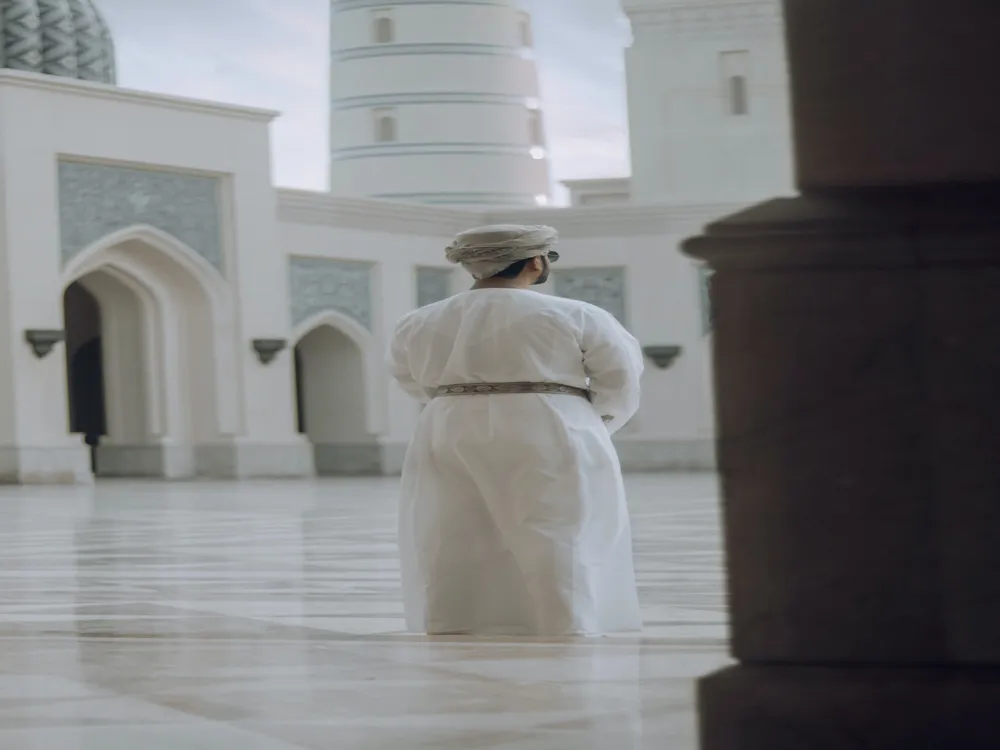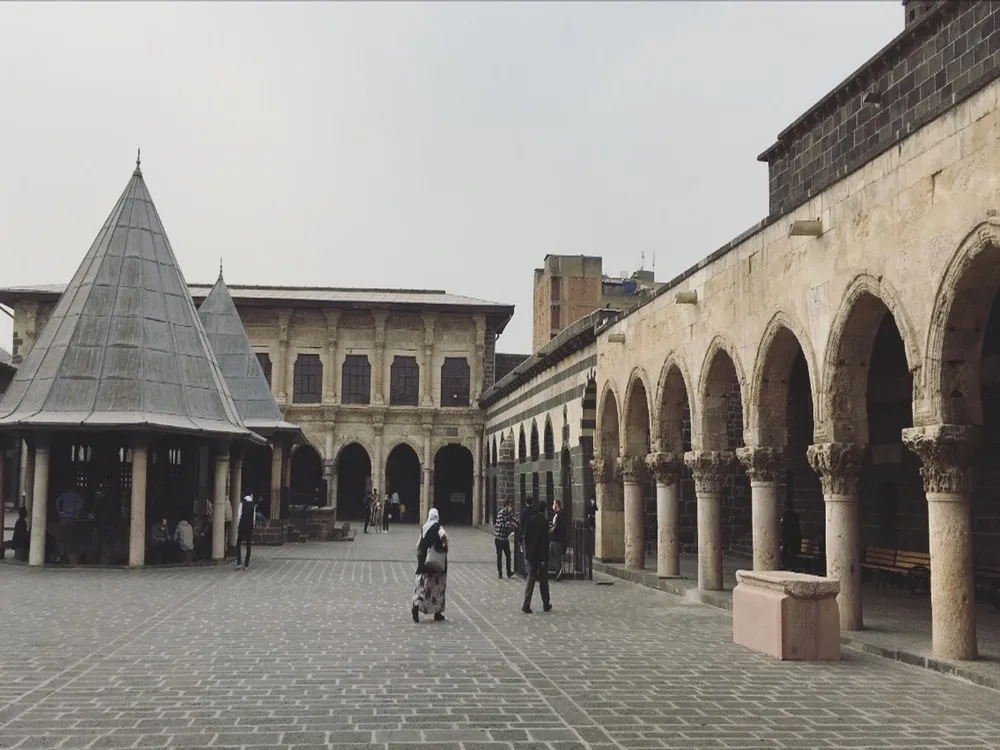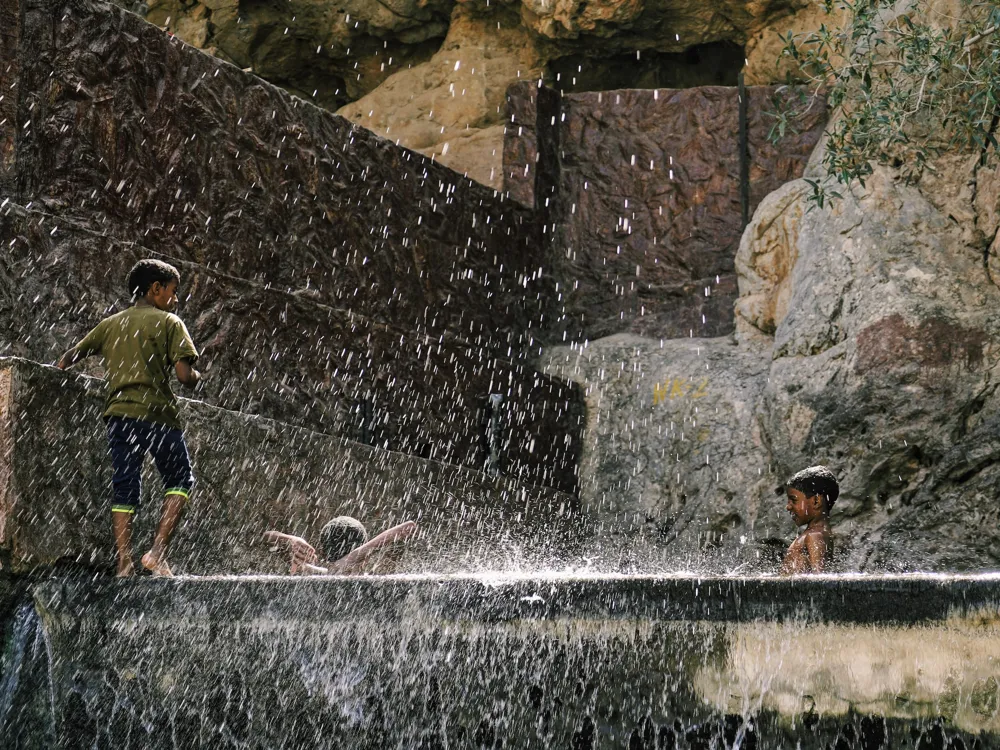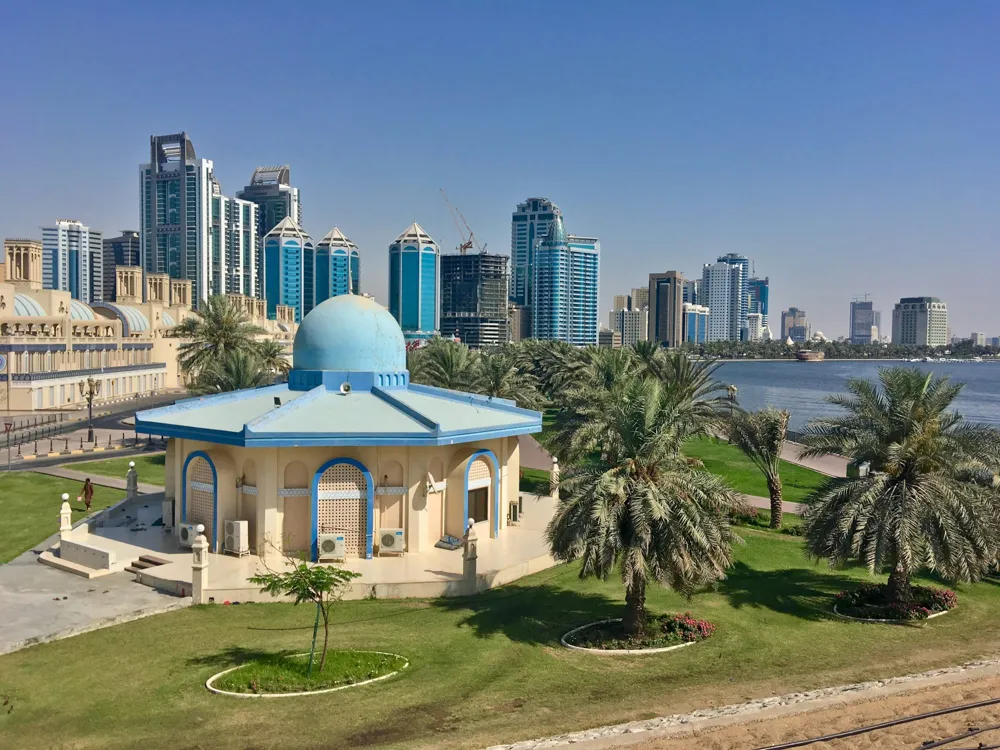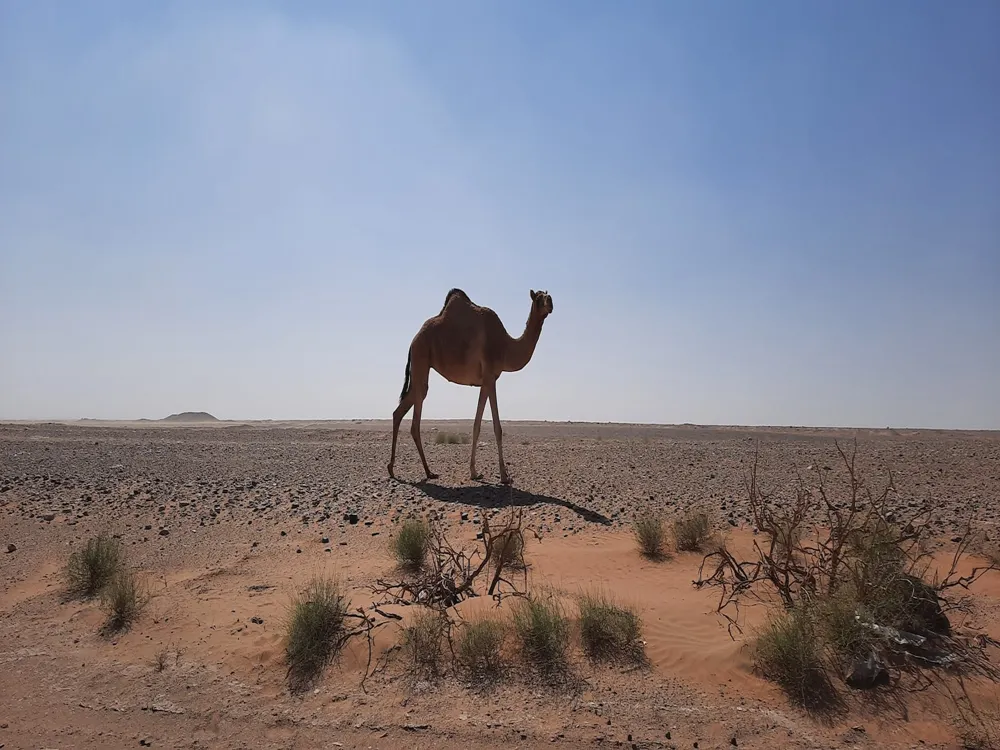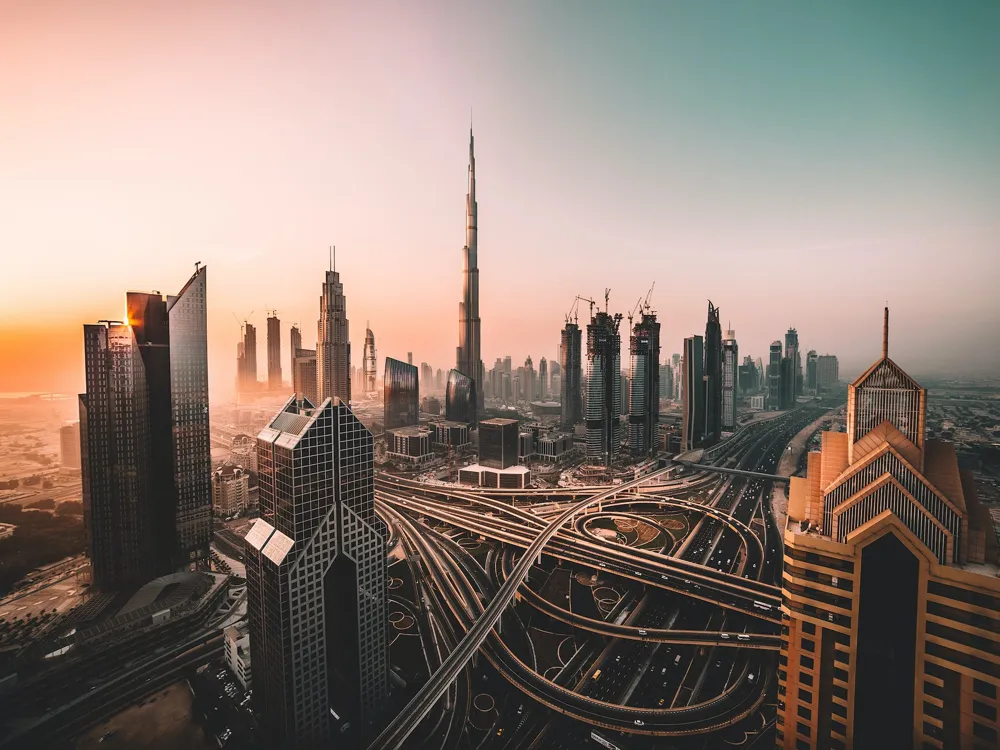Wadi Bani Khalid, a breathtaking oasis in the Sultanate of Oman, stands as a testament to the natural beauty and serenity of the Middle Eastern landscape. Located in the Sharqiyah region, this wadi (valley) is a popular destination for both tourists and locals alike, offering a unique blend of natural pools, lush vegetation, and rugged terrain. The wadi, fed by natural springs, boasts crystal-clear waters that meander through the valley, creating a serene and picturesque environment. The charm of Wadi Bani Khalid lies in its contrast to the surrounding arid landscape. The region's geology plays a crucial role in its allure, with towering cliffs and rock formations that date back millions of years. These geological formations not only contribute to the stunning scenery but also tell the story of the earth's evolutionary history. The area's biodiversity is equally impressive, with a variety of plant and animal species that have adapted to the unique environment of the Wadi. Historically, Wadi Bani Khalid has been a vital source of water and a natural haven in the harsh desert climate of Oman. Over the centuries, it has been a focal point for human settlement and agriculture, with ancient irrigation systems known as aflaj (singular: falaj) still visible today. These traditional water channels demonstrate the ingenuity of early inhabitants in harnessing the wadi's resources for cultivation and daily life. Culturally, Wadi Bani Khalid encapsulates the essence of Omani hospitality and tradition. The local communities living in and around the Wadi are known for their warm hospitality and deep connection to their environment. Visitors often have the opportunity to experience this firsthand, whether through interactions with locals or by observing traditional practices and lifestyles that have been preserved over generations. The architecture of Wadi Bani Khalid is a fascinating amalgamation of natural formations and human ingenuity, reflecting the harmonious coexistence of mankind with nature. The most striking architectural features are the Aflaj systems, an ancient irrigation technology that showcases the ingenuity of early settlers in the region. These water channels, some of which date back over a thousand years, are a testament to the sustainable practices and engineering prowess of past civilizations. The construction of the Aflaj system involves an intricate network of underground and surface channels that transport water from natural springs to farmlands and villages. The design and maintenance of these channels are a remarkable example of community cooperation and traditional knowledge passed down through generations. The Aflaj system not only irrigates the land but also plays a crucial role in maintaining the ecological balance of the area, supporting both agriculture and the natural flora and fauna. Besides the aflaj, the architecture of Wadi Bani Khalid is characterized by traditional Omani houses and structures built using local materials such as mudbrick and stone. These buildings are designed to be resilient against the harsh climate, with features like thick walls and small windows to minimize heat gain. The use of natural materials and traditional construction techniques reflects a deep understanding of the local environment and a commitment to sustainable building practices. Another architectural highlight is the presence of ancient forts and watchtowers that dot the landscape around Wadi Bani Khalid. These structures, built centuries ago, served as defensive mechanisms against invaders and as symbols of authority and power. Their strategic locations, often on hilltops or at vantage points, offer insights into the historical conflicts and trade routes that shaped the region. The architectural heritage of Wadi Bani Khalid is not just a reflection of the past but continues to influence contemporary design and construction in the region. Modern buildings in the area often incorporate traditional elements and techniques, blending historical aesthetics with contemporary needs. This approach ensures that the architectural identity of Wadi Bani Khalid is preserved and celebrated, even as the region evolves and modernizes. The ideal time to visit Wadi Bani Khalid is between October and April when the weather is cooler and more comfortable for outdoor activities. During these months, the temperatures are pleasant, making it perfect for swimming in the natural pools and exploring the wadi. Visitors should bring swimwear, sunscreen, hats, and comfortable walking shoes. It's also advisable to carry water and snacks, as options may be limited within the wadi. A camera is a must to capture the stunning scenery. It's important to dress modestly and respect local customs and traditions. When interacting with locals, polite behavior and a respectful attitude are appreciated. Remember to ask for permission before taking photos of people. While swimming, be mindful of the depth and current of the water. It's advisable to stay within designated swimming areas. Visitors should also be cautious when walking on slippery rocks and uneven terrain. Visitors should strive to leave no trace behind by disposing of waste properly and not disturbing the natural flora and fauna. Preserving the pristine condition of the wadi is crucial for future generations to enjoy. Reaching Wadi Bani Khalid is relatively straightforward. It is located about 200 kilometers from Muscat, the capital city of Oman. Visitors can drive to the wadi, which takes about 3 hours from Muscat. The journey itself is scenic, offering views of the Omani landscape. Rental cars and taxis are available in Muscat for those who do not have their vehicle. Additionally, some tour operators offer guided trips to Wadi Bani Khalid, which can include transportation, meals, and guided tours of the area. For those opting for public transportation, buses run from Muscat to nearby towns, but visitors may need to arrange a taxi for the final leg of the journey to the wadi. It's important to check the latest travel schedules and routes, as public transportation options may vary. Read More:Overview of Wadi Bani Khalid
Architecture of Wadi Bani Khalid
Tips When Visiting Wadi Bani Khalid
Best Time to Visit
What to Bring
Respecting Local Culture
Safety Precautions
Environmental Responsibility
How To Reach Wadi Bani Khalid
Wadi Bani Khalid
Muscat
₹ 49,000 onwards
View muscat Packages
Weather :
Tags : Rocks & Canyons
Timings : 9:00 AM - 5:00 PM
Time Required : 1-2 hours
Entry Fee : No entry fee
Planning a Trip? Ask Your Question
Muscat Travel Packages
View All Packages For Muscat
Top Hotel Collections for Muscat

Private Pool

Luxury Hotels

5-Star Hotels

Pet Friendly
Top Hotels Near Muscat
Other Top Ranking Places In Muscat
View All Places To Visit In muscat
View muscat Packages
Weather :
Tags : Rocks & Canyons
Timings : 9:00 AM - 5:00 PM
Time Required : 1-2 hours
Entry Fee : No entry fee
Planning a Trip? Ask Your Question
Muscat Travel Packages
View All Packages For Muscat
Top Hotel Collections for Muscat

Private Pool

Luxury Hotels

5-Star Hotels

Pet Friendly







